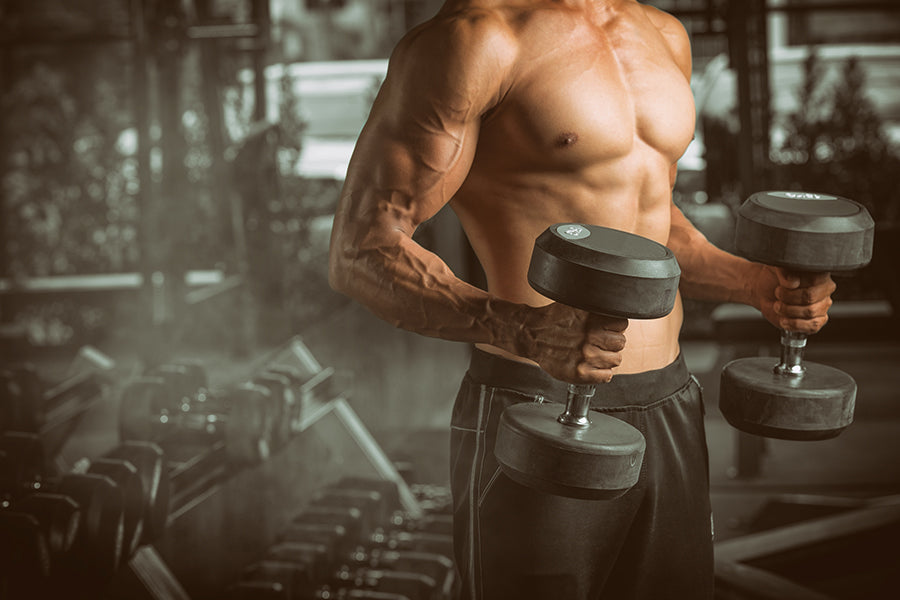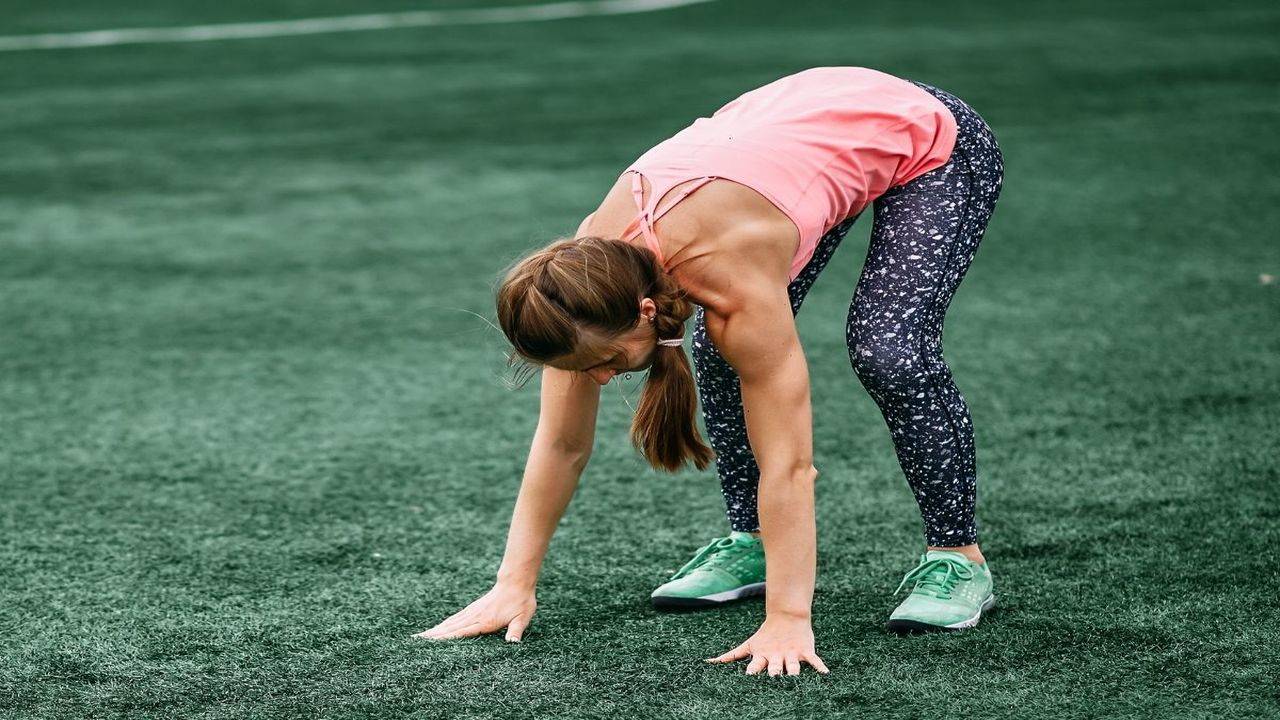If you’ve ever stepped into a gym and felt a little intimidated by the heavy dumbbells, you’re not alone. Most people, especially beginners, believe lifting heavy weights is risky for their joints. They stick to light weights or avoid strength training altogether, thinking they’re protecting their knees, hips, and shoulders. But here’s something that might flip that idea upside down.
A fresh study says lifting heavy might actually protect your joints instead of hurting them. Surprised? Let’s break down what this means, why it works, and how you can do it safely.
Where Did This Idea Come From?
For years, there’s been this belief floating around gyms and even doctor’s offices that heavy lifting wears out your cartilage and messes up your joints. The image of a powerlifter hobbling around in old age probably pops into your mind, right? But researchers decided to take a closer look at whether that’s really true.
In this new study, scientists tracked a group of people who lifted weights regularly—some went light, others pushed heavy. They paid close attention to their joints over months and years, looking at signs of pain, inflammation, and wear. Guess what they found? The people who lifted heavier (with proper form and programming) often had stronger joints, less pain, and better mobility than those who didn’t.
How Does Heavy Lifting Help Your Joints?
So how does hoisting a heavy barbell help your knees and shoulders instead of destroying them? The answer is simpler than you’d think.
When you lift heavier weights, you build more muscle. Those muscles don’t just look good in the mirror—they work like armor around your joints. Strong muscles help absorb impact and reduce stress on your bones and cartilage. It’s like upgrading your car’s suspension system.
Also, lifting heavy helps keep your bones strong. The stress of lifting tells your body to build denser bones, which is super important as you age. We all lose bone density over time, but strength training slows that down.
And there’s another bonus: lifting heavier loads can help your ligaments and tendons become tougher too. They adapt to the stress by growing stronger, which means your joints are held together better. It’s like tightening the bolts on a wobbly shelf.
Isn’t Heavy Lifting Dangerous?
Good question. It can be dangerous if you do it wrong. That’s why stories of gym injuries exist. But here’s the thing: most injuries happen when people use sloppy form, skip warm-ups, or push too much weight too soon.
If you train smart, listen to your body, and learn proper technique, lifting heavy is safer than you might think. Many physical therapists even recommend it for folks rehabbing injuries—under supervision, of course.
How Heavy Should You Lift?
You don’t have to deadlift a car or squat twice your body weight to get joint benefits. “Heavy” is different for everyone. What matters is that the weight challenges you.
A simple way to know: if you’re breezing through 12 reps with zero effort, it’s too light. If you can barely get 5–8 reps with good form, that’s probably your sweet spot for building strength and protecting your joints.
Many trainers recommend working in the 5–8 rep range for compound lifts like squats, deadlifts, and presses. That means the weight should feel heavy enough that those last two reps are tough but doable without cheating your form.
What If You’re New to Lifting?
Don’t run to the squat rack just yet. If you’re a beginner, start slow. Learn how to do the basic lifts with light weights first. Master the movement patterns. Work with a trainer if possible.
Once your form is solid, add weight gradually. Your body needs time to adapt. Rushing into heavy lifting without building a foundation is a quick ticket to injury.
Warm-Ups and Mobility Matter Too
Another key point from this study—people who lifted heavy and stayed healthy always warmed up properly and worked on their mobility. It’s boring but important.
Before lifting, do some dynamic stretches and warm-up sets. This preps your muscles and joints for the load ahead. After lifting, take a few minutes for light stretching or mobility work. It keeps your joints happy and flexible.
What Exercises Protect Joints Best?
Compound movements are king. Squats, deadlifts, bench presses, overhead presses, and rows all build big muscles around your joints.
For knees, squats and lunges are great. For hips and back, deadlifts are magic (if your form is good). For shoulders, overhead pressing builds strength and stability. Rows help balance out all that pressing by strengthening your back and shoulder stabilizers.
Add some isolation work too. Things like hamstring curls or calf raises help balance your muscles and avoid weak spots that could stress your joints.
Listen to Your Body
One thing the study highlighted—people who stayed injury-free didn’t just push through pain. They knew the difference between normal soreness and bad pain.
If something feels sharp or wrong, stop. Check your form, lighten the weight, or give your body a rest day. Consistency beats ego lifting every time.
How Often Should You Lift Heavy?
Most lifters see results with 2–3 strength sessions per week. That’s enough to build muscle and bone strength without overloading your body.
You can mix heavy lifting with lighter accessory work or cardio. Variety keeps your training balanced and gives your joints a break.
What About Older Lifters?
This study is good news if you’re getting older and worried about creaky knees or stiff hips. Lifting heavy (with guidance) is one of the best things you can do for aging joints.
Many seniors see huge benefits in balance, bone strength, and everyday mobility. Just get medical clearance and work with a trainer who knows how to modify lifts for your needs.
Key Takeaway
This new study flips the old myth on its head. Lifting heavy—done right—can actually be a powerful tool to protect your joints, not ruin them. Strong muscles, strong bones, strong joints.
So next time you hit the gym, don’t be afraid to put some more weight on the bar. Respect the iron, use good form, warm up, and you’ll be doing your future self a big favor.










